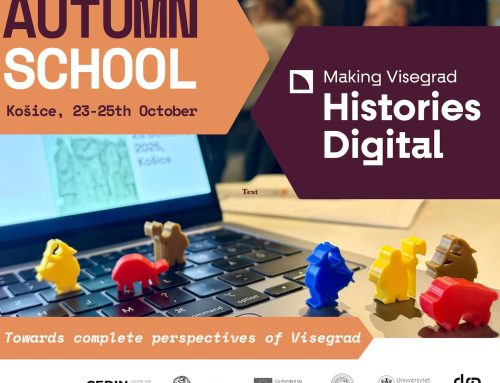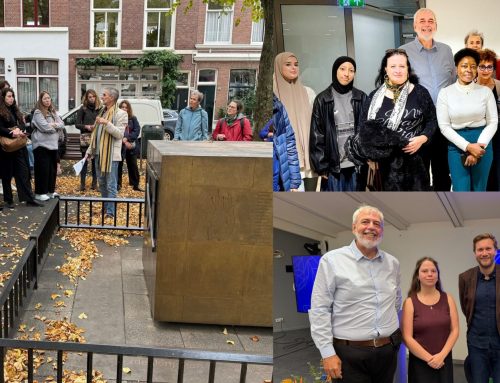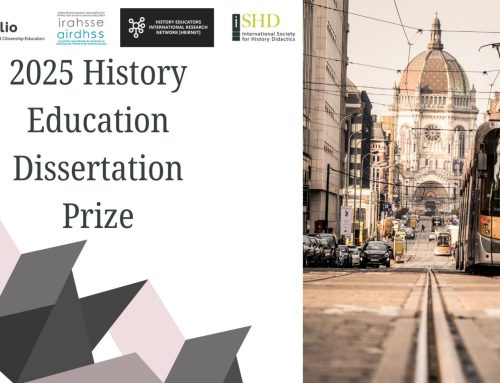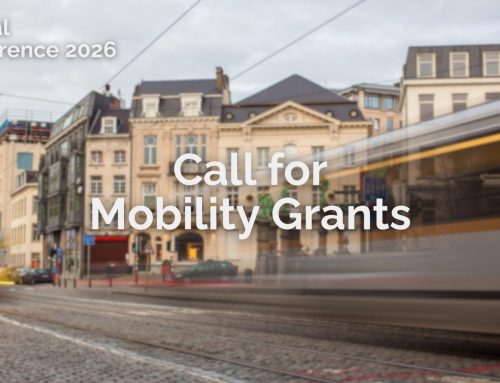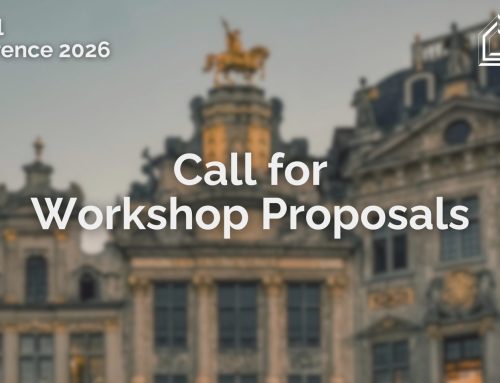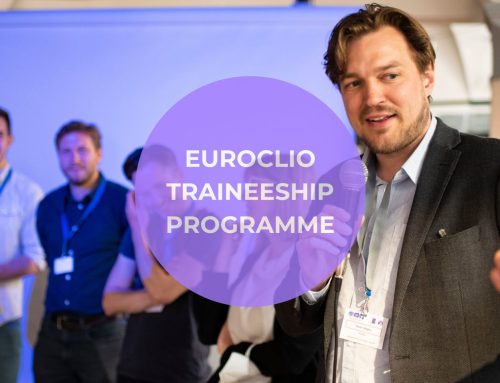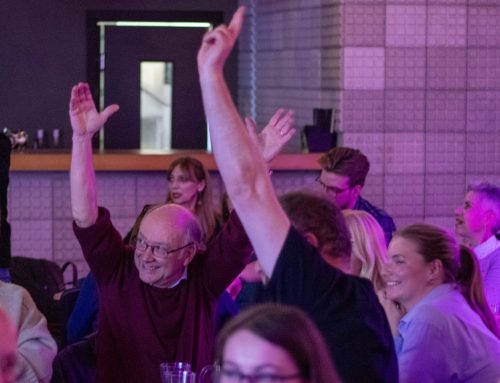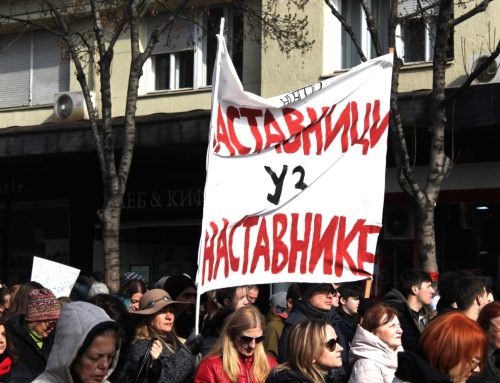So, what did we see?
As we enter the beautiful building, a former dentistry practice in the park right behind the European Parliament, we are helped to get a special tablet. This device forms the core of the visit as all information on the rooms, objects and exhibits are available on this device, in all official EU languages. We are in the first place introduced to Europe. What is it? A continent? An idea? A civilization? These broad debates are left open, while the potential of glorifying it as a successful culture is soon challenges by several objects that illustrate essential experiences in European history, including slavery and genocide.
The detailed exhibition starts with the French and Industrial Revolutions, setting the scene for a world where nationalism, imperialism, globalisation and power in Europe are illustrative of a wider development. The First and Second World War are treated in a very sophisticated fashion, but not overwhelming the visitor with complex military history. Instead surprising collections of items from different countries (the first constitutions, flags of fascistic movements) are complemented with striking objects (the gun which young Gavrilo Princip used, the map used in the Paris Peace Conference to find where the borders between Bulgaria, Greece and Turkey should lie), and inspiring spaces for reflection on the trauma’s of the past (such as the Holocaust room where darkness is only interrupted by careful lighting of every-day life objects of victims). The entangled history of imperialism of European nations, racist ideologies, financial crises and various shifts in world-order in the first half of the 20th century are exhibit in thought-provoking way, providing ample opportunity for nuance and discussion on various perspectives.
The era of “Europe” in the space for the world after the wars is accompanied by pillars which are key moments in the history of European cooperation, so-called Milestones, ranging from the The Hague Congress (Congress of Europe) to the Lisbon Treaty. But it is not at all set up as a propagandistic exercise in “EU is good for you”-way. Instead, it is presented as rather modest pillars amidst the whirlpool of contemporary history, including the cold war, decolonisations, the war in the former Yugoslavia, (economic and cultural) globalisation and the rising role of technology in everyday life.
At the end, there is a place that actively asks us to connect this past with the present. The Brexit-referendum voting paper is there. The ten meter long printed out corpus of EU legislation. The stories of refugees seeking to enter the EU. The place of history and memory itself in the building of the idea of a common European space. And more. So much more.
We have had only 2.5 hours time to take this all in. At best we got to really see a quarter of the exhibit.
So, it is perfect?
It cannot be underestimated just how much of an achievement it is that this (political) initiative actually made it. Of course it cost a lot of money, but the result is nothing short but monumental to the efforts of the professional level to demonstrate the complicated nature of Europe and its relation to the difficult past. The initiative’s leadership and staff have been able to navigate the minefield of doing transnational political and social history to such an extent that there seem to be (so far) no overtly negative responses on the content.
However, in our experience there are several points of attentions that could be addressed to improve the experience.
- The tablet which visitors receive is a smart and intuitive way to offer the museums contents in all EU languages, but without any texts on the walls, or next to the objects, the actual act of visiting becomes rather individual (everybody just listens to their device and plays with their tablets), and difficult to actually ‘roam freely’, because one always needs to get more information through the tablet. Whereas it was a very nice experience to just walk into another room and have the audio adjust to my location, it was more difficult to stop and open specific objects in the exhibit on my tablet when I simply wanted to know two sentences about it. Perhaps there can be an agreement in the future that an English line or two here and there would decrease dependency on the tablet.
- Connected to this, and in view of the richness of the exhibition (composed of over 3000 items), the tablet is challenging as well because by browsing to one object, one can discover suddenly an incredible 12 minute video, which would have otherwise gone unnoticed. Not many visitors are likely to go through the exhibition with the catalogue at hand, so these type of ‘hidden gems’ could perhaps in another way be brought forward by hinting at their existence on the walls.
- In terms of content, with the obvious reservation that in the short time of our visit we were not able to see it all, there does seem to be a focus on the political and military history. But, this does seem to be compensated well by temporary exhibits which highlight other (social, cultural) history.
The exhibition is available also in digital form here and the House of European History is open to the public free-of-charge.
Previous cooperation between EuroClio and the House of European History
Soon after the calling of the European Parliament in 2009 to work to establish a museum of Europe’s History in Brussels, EuroClio was among several key organisations, including Council of Europe, Europa Nostra, European Cultural Foundation, Europeana, ICOM and Network of European Museum Organisations (NEMO), to be invited for partner consultation meetings.
It was at that stage already clear that the project had managed to get excellent professionals together, lead by Ms Taja Vovk-van Gaal, and since 2014, the educational work former EuroClio Senior Project Manager Blandine Smilansky was there, adapting gained insights from the EuroClio methodology to the House’s educational materials.
In particular, EuroClio offered educational staff of the House of European History to run several piloting activities of educational materials at its professional development events, including a seminar in 2014 in San Sebastian, in 2015 in Tallinn and in 2016 in Belfast.
Future cooperation
In the coming period it should become more clear what our two organisations can exactly do together, but it is evident that we will seek to organise learning opportunities for our members to come and visit the House of European History, reflect on the contents and seek to construct new and meaningful ways to support the House in taking into account transnational perspectives as well as the wider European dimension into the teaching and learning of history at schools.



